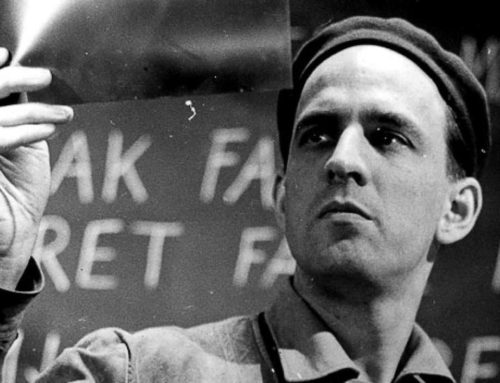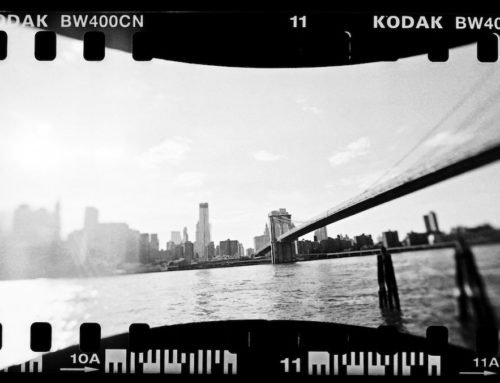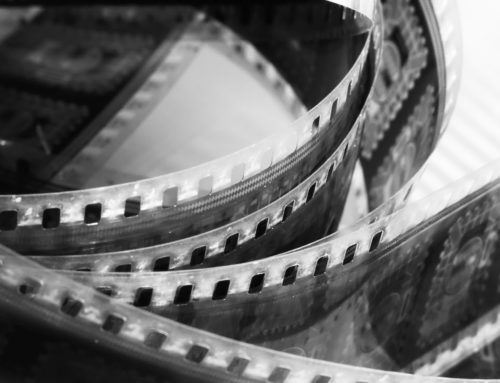(Contains Spoilers)
Danny Boyle is no stranger to telling wild, energetic and sometimes bizarre stories through film. He achieves this style by experimenting with unusual camera angles, combining various genres and accompanying scenes with chart-topping soundtracks. Another essential element that makes his body of work striking and compelling to watch are its editing techniques, which is what this article will focus on by exploring two of his films: Trainspotting (1996) and its sequel, T2: Trainspotting (2017). For those who have not seen the original Trainspotting, the film is set in Edinburgh and follows the journey of a heroin user named Mark Renton (Ewan McGregor). Throughout the film, Renton tries to beat his addiction but realises that it won’t be as easy as he thought, especially knowing that his friends Sick Boy (Jonny Lee Miller), Spud (Ewen Bremner), Begbie (Robert Carlyle) and Tommy (Kevin McKidd) are also junkies and have no desire to quit. The film concludes with Renton stealing a bag of cash that he and his friends earned after a successful drug deal and runs away to start a new life. The sequel, T2: Trainspotting, continues the story twenty years later where we see Renton return to Edinburgh after discovering that he has a heart condition and attempts to repair his relationship with his old friends.
Trainspotting and T2 features many techniques of continuity editing such as the cut transition, the eyeline match, the shot reverse shot and the match on action. The cut is the simplest form of continuity where one shot ends and smoothly transitions to the next shot. Every scene in the two films are cut into a variety of images and are presented in a fast pace, not giving us the time to breathe or to even process what we have watched. The eyeline match consists of two images: A shot of a character seeing a person or an object off-screen and a shot of the subject that the character is looking at. This is shown in a disturbing scene from Trainspotting where we see a mid-shot of Sick Boy in a room, looking down at something while hysterically crying. Renton, Tommy and Spud are also present in the room as they all stand behind Sick Boy, horrified at the image in front of them. We do not know what they are looking at until the scene cuts to the next shot, a slow pan revealing a dead baby in a cot. The two images of Sick Boy in tears and the baby immediately links together, suggesting that Sick Boy could be the baby’s father.
The shot reverse shot is similar to the eyeline match except this method cuts back and forth between two shots, mainly in moments where characters are having a conversation with each other. In Trainspotting and T2, we often see close-ups and mid-shots of Renton looking at another character off screen while speaking to them, and then it cuts to the character looking back at Renton. The match on action is a technique in which two shots of the subject are filmed in different angles and is edited together for the motion to continue without interruption. Examples of this occurs in the final scene from Trainspotting where we see a close-up of Renton drinking a glass of water in a hotel room while looking at himself in the mirror. When he reaches up his left hand to turn off the lightbulb above the mirror, the scene abruptly cuts to him in a Mid-shot, performing the same action. The match on action is also applied in the sequel during a climactic showdown between Renton and Begbie in a car park. In this scene, Renton chases a random man driving a car to get away from Begbie. When he finally catches up to the car, we see a long shot of him jumping onto the roof of the vehicle before cutting to a wider shot of the same action.
Aside from the continuity editing, Danny Boyle also experiments with jump cuts, freeze frames and flashbacks. These disjunctive elements interrupt the illusion of continuity and are often used to play around with time. The jump cut refers to multiple frames that are removed out of a continuous sequence. Spud’s job interview in Trainspotting includes this technique to echo his mental and physical state while under the influence of speed. The scene randomly jump cuts between long shots, wide shots, POV shots and close-ups at an incredibly quick pace to match Spud’s lively energy as he speaks very fast to the interviewers. A scene of Renton and Spud going for a morning run in T2 is also staged in jump cuts as it transitions between a wide shot of the boys walking on a hill, a mid-shot of them hugging each other and another mid-shot of Spud cheering loudly. The freeze frame is defined as a single shot paused to resemble a still photograph, which halts the action. This occurs in a memorable moment in Trainspotting where the gang are smoking and having drinks at a busy pub while Begbie tells them a story. When Begbie finishes his beer and throws his glass over the balcony, the image suddenly freezes. The frozen shot of the glass in mid-air suggests that Begbie’s actions will result in horrible consequences. The scene resumes back to normal, now showing the glass smashing onto a girl’s head and injuring her. In T2, the freeze frame captures an image of another violent outburst from Begbie, this time in the form of the character lunging towards his lawyer who refuses to release him from jail.
In terms of flashbacks, shots from Trainspotting are spliced in between scenes of T2. An example of this is the sequence where Spud attempts to join a boxing class to beat his heroin addiction. When he leaves the building after the session and sees two young men being chased by police officers on the street, the scene suddenly cuts to a similar moment taken from the opening scene of the first film where a young Spud and Renton are running away from the police in the same location. This can be viewed as a form of nostalgia for Spud as he reminisces about events from his life in the 1990s, inspiring him to write a memoir later in the film. Not only does T2 look back at the memories from Trainspotting, it also delves further into the backstory of Boyle’s flawed characters. This is achieved by frequently cutting to grainy footage of Renton, Sick Boy, Spud, Begbie and Tommy hanging out together during their youth such as the boys using heroin for the first time in their teenage years and the moments when they played football as children. These flashbacks emphasize the close friendship between the characters over the years, contrasting their strained relationship in the present-day due to Renton’s betrayal in the first film.
Danny Boyle’s use of continuity and discontinuity editing techniques has certainly contributed to the disturbing, frenzied and vibrant topics explored in Trainspotting and T2: Trainspotting. It makes us, the viewers, feel like we are experiencing a crazy drug trip along with Renton, Sick Boy, Spud, Begbie and Tommy.



